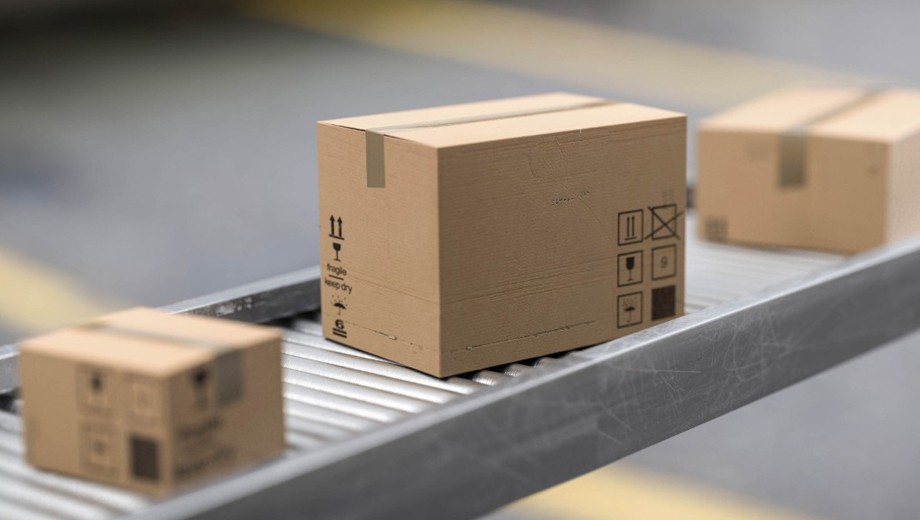COVID-19 is not only imposing a stress test on society and the healthcare system as a whole. It also puts enormous pressure on the supply chains of distributors and retailers worldwide, be it through sudden supply shortages or extremely volatile demands. Touchless technologies that digitize supply chains provide answers to these challenges, says Francisco Melo, vice president and general manager, Avery Dennison Intelligent Labels, and come in the shape of RFID-based solutions. RFID technology shines a light on existing ‘black holes’ in supply chains, providing comprehensive and accurate real-time inventory information as well as enabling seamless tracking of all products from source to the consumer.
By Francisco Melo, vice president and general manager, Avery Dennison Intelligent Labels
RFID allows businesses to create a digital twin for each of their physical products. This unique digital identity enables visibility of every tagged item in the supply chain, virtually anytime and anywhere, leading to previously unheard-of levels of inventory transparency and accuracy. That in-depth information provides real-time data on the journey of every single product, including its provenance and history from source all the way to the consumer. The current situation amplifies the importance of this more than ever: If your supply chain wasn’t keeping you awake at night prior to the COVID-19 crisis, it likely is now: In a recent global survey among key executives from technology, logistics, retail and supply chain, over 63% of respondents believe the COVID-19 pandemic will bring supply chain behaviors into even sharper focus (The Avery Dennison Global Panel, March, 2020).
Real-time data becomes the key success factor
In times of supply shortages and demand volatility, it is crucial to have reliable real-time data that shows stock levels in different locations, and that immediately reveals if a product is being held up due to border closures or customs delays. Having that kind of information enables informed decisions on how and when to redirect inventory to areas that have limited stock, or where there is high demand. It also helps primarily store-based retailers to develop flexible e-commerce fulfillment models: Offering direct-to-consumer services like parcel shipping or home delivery straight from any point in the retail supply chain is not only key to solving lock-down situations; it also paves the way to more effective omnichannel strategies of the future.




